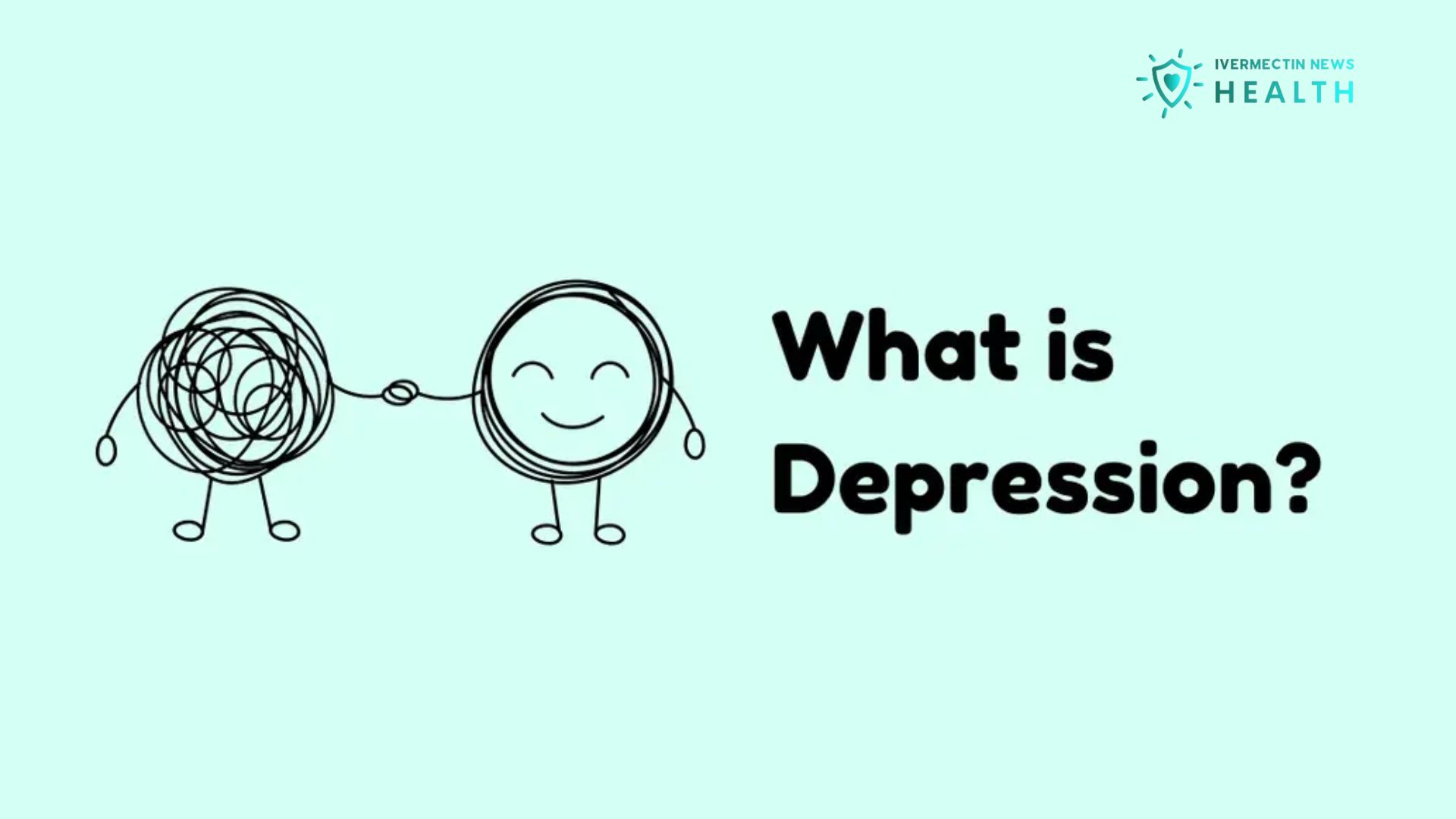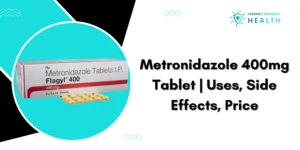What Is Depression?
Depression, also known as major depressive disorder, is a common and serious medical illness that negatively affects how you feel, the way you think, and how you act. It causes sadness and a loss of interest in activities you once enjoyed. It can lead to a variety of emotional and physical problems and can decrease your ability to function at work and home.
Types of Depression
- Major Depressive Disorder (MDD): Persistent and intense feelings of sadness and despair.
- Persistent Depressive Disorder (PDD): A chronic form of depression lasting for at least two years.
- Bipolar Disorder: Characterized by mood swings that include depressive episodes and manic/hypomanic episodes.
- Postpartum Depression: Depression that occurs after childbirth.
- Premenstrual Dysphoric Disorder (PMDD): Severe depression symptoms related to the menstrual cycle.
- Seasonal Affective Disorder (SAD): Depression that occurs at a specific time of year, usually in the winter.
- Psychotic Depression: Severe depression accompanied by some form of psychosis.
- Situational Depression: Depression triggered by a significant life change or stressful event.
- Atypical Depression: Depression that includes the ability to temporarily improve mood in response to positive events.
Depression Symptoms
- Persistent sad, anxious, or “empty” mood
- Feelings of hopelessness or pessimism
- Irritability
- Feelings of guilt, worthlessness, or helplessness
- Loss of interest or pleasure in hobbies and activities
- Decreased energy or fatigue
- Moving or talking more slowly
- Feeling restless or having trouble sitting still
- Difficulty concentrating, remembering, or making decisions
- Difficulty sleeping, early-morning awakening, or oversleeping
- Appetite and weight changes
- Thoughts of death or suicide, or suicide attempts
- Aches or pains, headaches, cramps, or digestive problems without a clear physical cause
What Causes Depression?
unhappiness is likely caused by a combination of genetic, biological, environmental, and psychological factors. These may include:
- Biological Differences: People with depression appear to have physical changes in their brains.
- Brain Chemistry: Neurotransmitters are naturally occurring brain chemicals that play a role in depression.
- Hormones: Changes in the body’s balance of hormones may be involved in triggering or causing depression.
- Genetics: Depression is more common in people whose biological (blood) relatives also have the condition.
- Environmental Factors: Continuous exposure to violence, neglect, abuse, or poverty may make some people more vulnerable to depression.
Risk Factors
- Family history of depression
- Personal history of mental illness
- Major life changes, trauma, or stress
- Certain physical illnesses and medications
- Substance abuse
- Low self-esteem or being self-critical
- Chronic pain or medical conditions
- Lack of social support or isolation
- History of other mental health disorders
How Is Depression Diagnosed?
Diagnosing unhappiness involves a thorough evaluation by a healthcare provider. This includes:
- Physical Examination: To rule out physical causes.
- Lab Tests: Sometimes performed to rule out other conditions.
- Psychiatric Evaluation: A mental health professional will ask about symptoms, thoughts, feelings, and behavior patterns.
- DSM-5: Criteria from the Diagnostic and Statistical Manual of Mental Disorders (DSM-5) may be used for diagnosis.
Treatments for Depression
Treatment for depression usually involves a combination of therapies. The primary treatments include medications, psychotherapy, and sometimes brain stimulation therapies.
Medications
- Antidepressants: Common types include SSRIs, SNRIs, MAOIs, and tricyclic antidepressants.
- Anti-anxiety Medications: To help with anxiety that can accompany unhappiness.
- Antipsychotic Medications: Sometimes used in combination with an antidepressant.
- Mood Stabilizers: Often used to treat bipolar disorder-related unhappiness.
Psychotherapy
- Cognitive Behavioral Therapy (CBT): Helps identify and change negative thought patterns.
- Interpersonal Therapy (IPT): Focuses on improving interpersonal relationships and communication.
- Psychodynamic Therapy: Explores past events and emotions to understand current issues.
- Group Therapy: Provides support and education in a group setting.
- Family Therapy: Involves family members in therapy to improve communication and support.
Brain Stimulation Therapy
- Electroconvulsive Therapy (ECT): Involves electrical stimulation of the brain while the patient is under anesthesia.
- Repetitive Transcranial Magnetic Stimulation (rTMS): Uses magnetic fields to stimulate nerve cells in the brain.
- Vagus Nerve Stimulation (VNS): Involves electrical stimulation of the vagus nerve.
- Deep Brain Stimulation (DBS): Electrodes are implanted in specific areas of the brain.
How To Prevent Depression
While it may not be possible to prevent sadness, there are strategies that can help reduce the risk:
- Maintain a Support Network: Stay connected with family and friends.
- Manage Stress: Learn healthy ways to cope with stress.
- Exercise Regularly: Physical activity can boost mood.
- Eat a Healthy Diet: Proper nutrition can support overall mental health.
- Get Enough Sleep: Prioritize quality sleep.
- Avoid Alcohol and Drugs: Substance abuse can worsen depression.
- Seek Help Early: Early intervention can prevent worsening symptoms.
- Adopt Healthy Habits: Engage in activities that promote well-being.
Related Conditions
- Anxiety Disorders
- Bipolar Disorder
- Obsessive-Compulsive Disorder (OCD)
- Post-Traumatic Stress Disorder (PTSD)
- Substance Use Disorders
- Eating Disorders
- Chronic Pain
- Cardiovascular Disease
- Diabetes
- Chronic Fatigue Syndrome
Living With Depression
Living with depression can be challenging, but effective management is possible. It is crucial to follow a treatment plan, which may include medications, therapy, and lifestyle changes. Building a support network, engaging in regular physical activity, and maintaining a healthy lifestyle can also improve quality of life. Being aware of triggers and symptoms, and seeking help when needed, are key components of managing unhappiness.
Customer Query FAQ
Q: What are the symptoms of depression?
A: Symptoms include persistent sadness, loss of interest in activities, changes in appetite or weight, sleep disturbances, fatigue, feelings of worthlessness, difficulty concentrating, and thoughts of death or suicide.
Q: How is depression diagnosed?
A: Depression is diagnosed through a combination of physical examinations, lab tests, psychiatric evaluations, and criteria from the DSM-5.
Q: What are the treatment options for depression?
A: Treatment options include medications (such as antidepressants), psychotherapy (like CBT and IPT), and brain stimulation therapies (such as ECT and rTMS).
Q: Can depression be prevented?
A: While not always preventable, maintaining a support network, managing stress, exercising, eating a healthy diet, getting enough sleep, and avoiding substance abuse can help reduce the risk.
Q: What are the types of depression?
A: Types include Major Depressive Disorder, Persistent Depressive Disorder, Bipolar Disorder, Postpartum sadness, Premenstrual Dysphoric Disorder, Seasonal Affective Disorder, Psychotic sadness, Situational sadness, and Atypical sadness.
Q: What causes depression?
A: Depression is caused by a combination of genetic, biological, environmental, and psychological factors, including brain chemistry, hormonal changes, family history, and environmental stressors.
Q: What are the risk factors for depression?
A: Risk factors include family history, personal history of mental illness, major life changes, certain physical illnesses, substance abuse, low self-esteem, chronic pain, lack of social support, and history of other mental health disorders.





